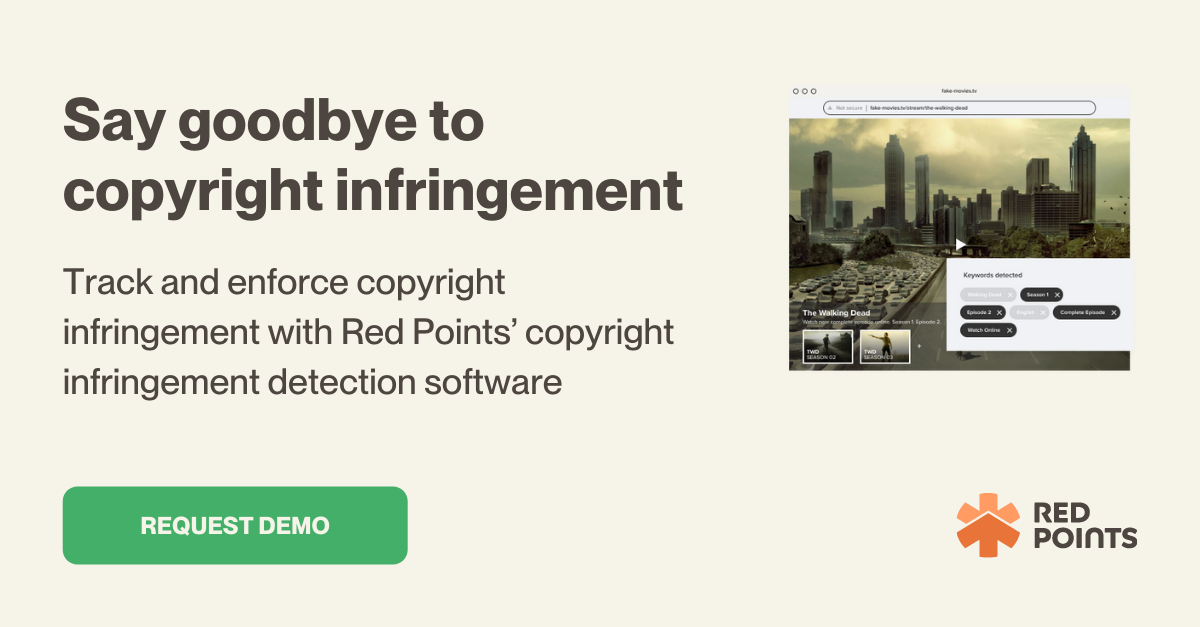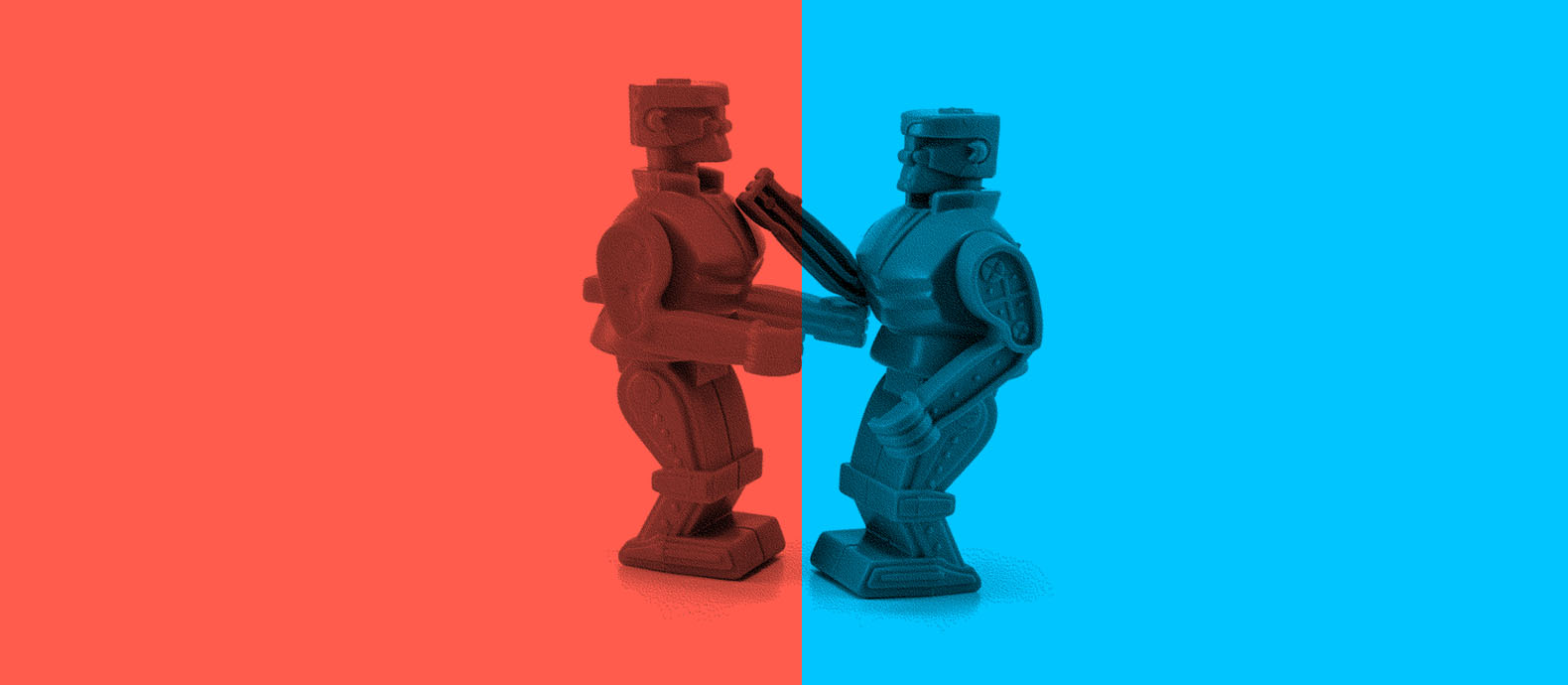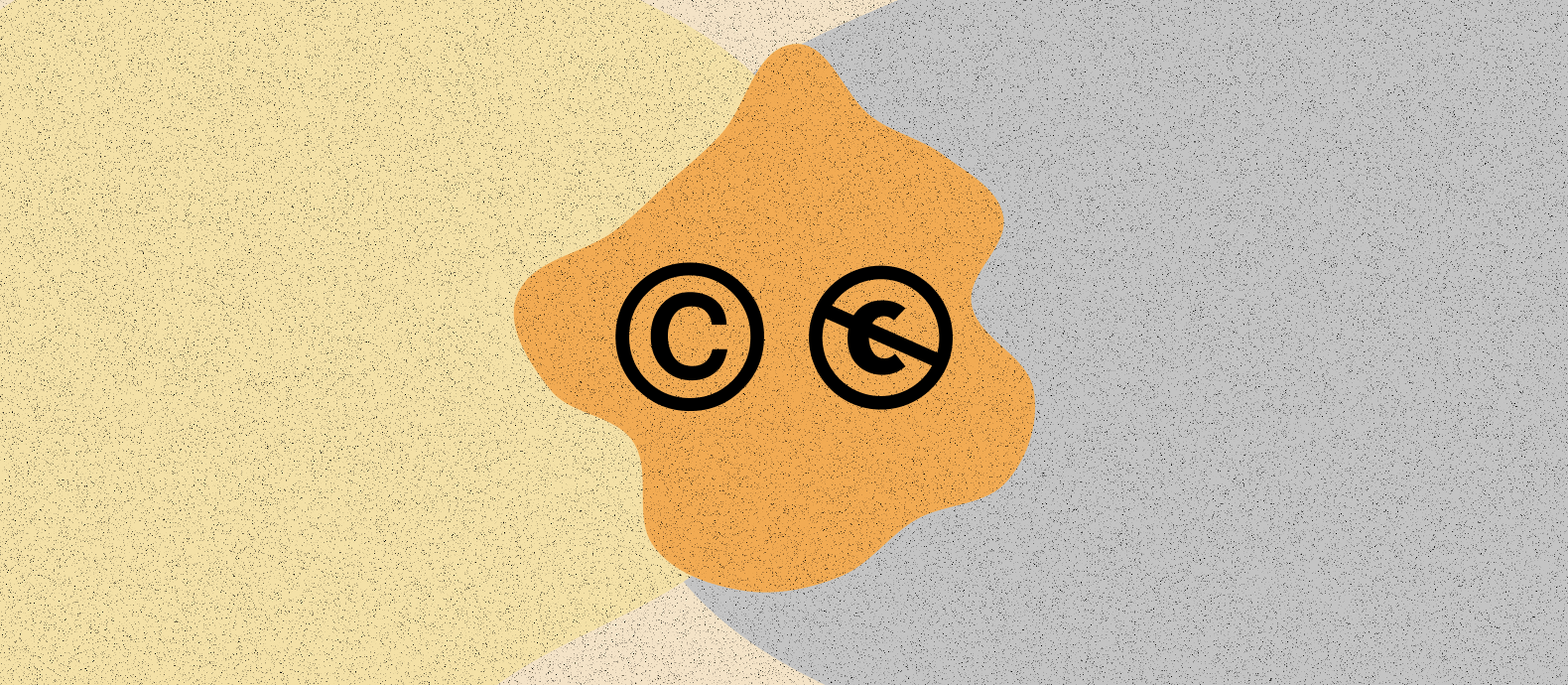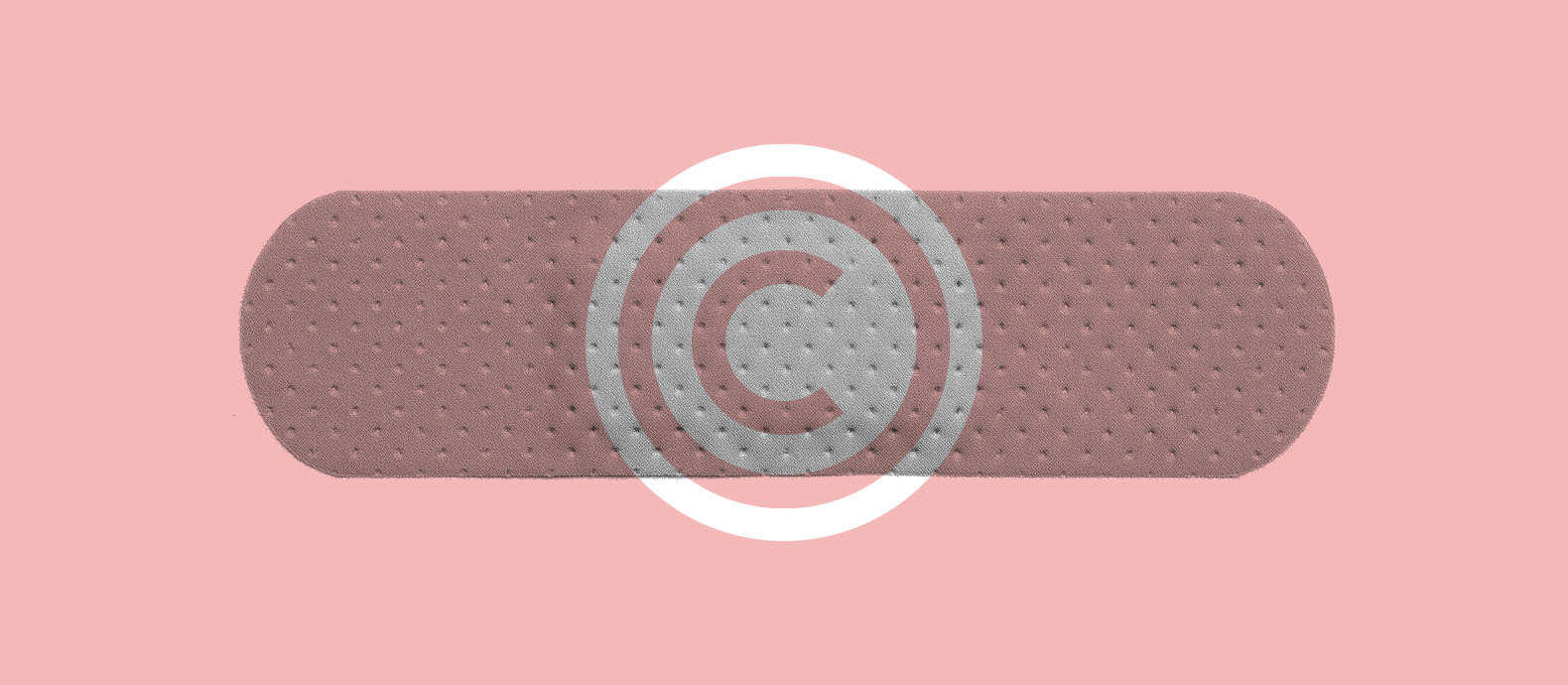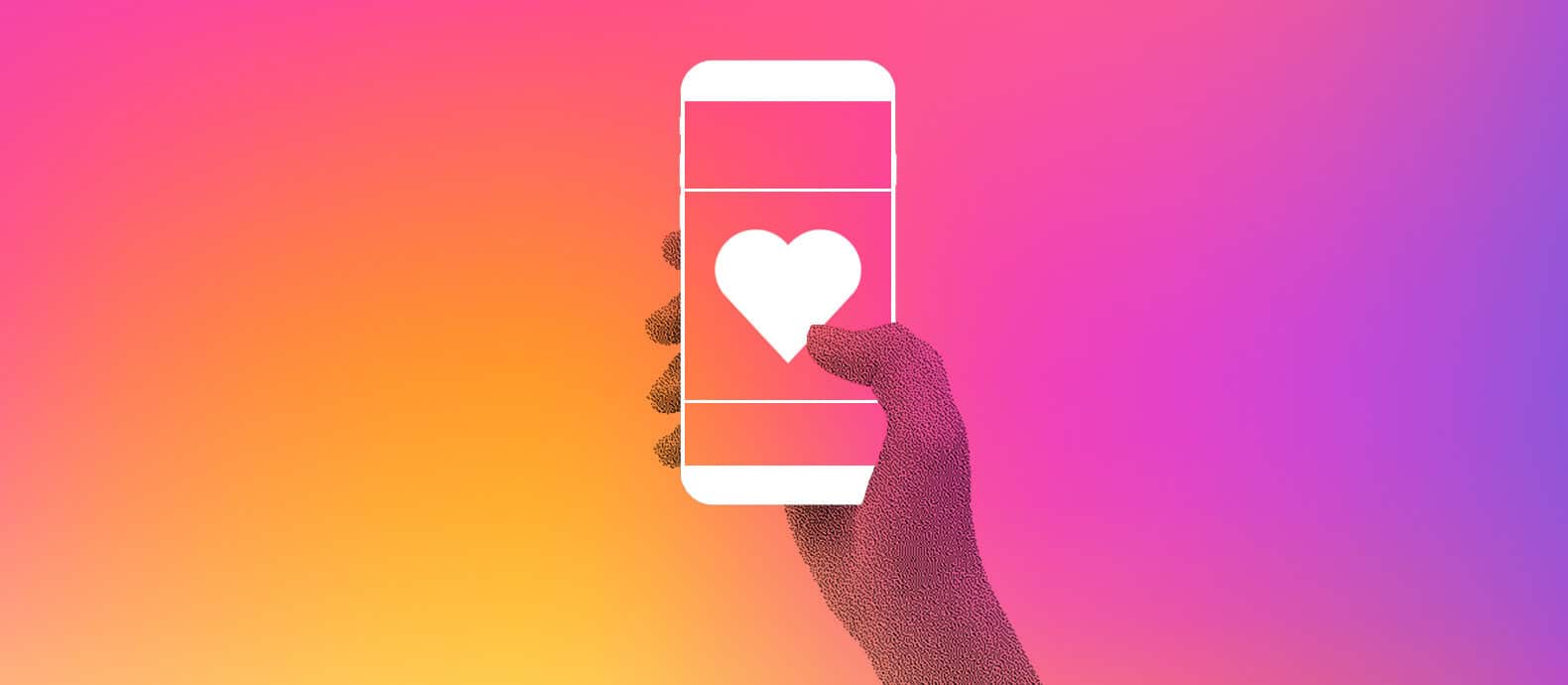Copyright law is a legal framework that protects the rights of creators and owners of original works. It has been developed to stop people from using others’ ideas and work without proper permission so that the original creator can get enough recognition for their work. Therefore, no one else can take credit for their efforts and share a piece in enjoying the royalty they deserve. Otherwise, people can only use the original creators’ work by attributing them to relish different perks without doing anything.
Copyright infringement occurs when someone uses, copies, or distributes a copyrighted work for commercial purposes without getting the rights to do so. The work can be literary, artistic, or digital because when someone creates an original work, they get the exclusive rights to distribute it. Fair use, on the contrary, is the limited use of others’ work by getting permission from the copyright owner without taking commercial benefits.
This article will provide a brief overview of these concepts to help you understand the difference between the two.
Copyright Infringement, examples, and consequences
It is not wrong to say that copyright infringement is a blatant effort to discredit someone for their actions. It is an attempt to sabotage the merit and integrity of the market. When you commit copyright infringement, you disrupt the moral boundaries, which shows your personality’s lack of ethical standards, whether you get monetary benefits or not.
Copyright infringement is not confined to misusing a specific collection of works. Rather than that, it is an umbrella term that includes illegal downloading of music files, downloading licensed software from an unauthorized site, recording a movie in the theater, using someone else’s photos on your site without permission, and posting a video with a copyright song.
Moreover, it is the modification or reproduction of creative works of others without making any significant changes, selling merchandise that includes copyright images, logos, and much more.
Therefore, you may face different monetary and legal consequences for all these acts. For example, you may have to pay a bounty of $200 to $1.500 for each infringement. In addition, you may be asked to pay all attorney and court fees. Not just that, your website and pages can also get blocked if you are proven to commit a crime. Moreover, you may also have to go to jail for some period if the nature of your offense is grave.
How to protect copyright infringement?
Avoiding copyright infringement is a challenging task. You can do that if you work with honesty and truthfulness. Following are some strategies you can use to escape copyright infringement in the digital world, where the chances of committing this practice are higher than ever unintentionally.
Create Original Content
The primary practice you should follow to prevent copyright infringement is creating original content. You should generate personalized content ideas and work on them to produce content that is exceptional and distinctive from others. In addition, it will help you establish a unique brand identity. Consequently, there won’t be any chances of getting copyright strikes because they only happen when you imitate others’ work and present it as yours.
Take Permission from the original creator
If you use any content initially produced by someone else, you must take permission from them before bringing it to your use. Because when you have written permission, you can waive the copyright strikes by showing evidence to the relevant platform.
You can easily find the source of visual content with the reverse image search technique. It is an easy task to perform. All you are required to do is to paste the picture of content into an image search engine, and following the loaded results, you can quickly determine the source. Afterwards, you can email or call them to get permission.

Benefit from Creative Common license material
Because the works’ authors have permission for their pieces to be used with specific restrictions, using the material with a Creative Commons license can assist you in avoiding copyright infringement. Various rights are available under Creative Commons licenses, from use for only non-commercial reasons to permitting derivative works to allow commercial use.
As long as you adhere to the conditions of the particular license, using content with a Creative Commons license assures you that you are not violating the original creator’s rights.
However, it is crucial to remember that not all Creative Commons licenses are the same and that some can contain requirements for attribution or other restrictions.
Use public domain and royalty free data
Since these entities are not covered by copyright protection, using public domain and royalty-free content can aid in preventing copyright infringement. Materials in the public domain are those whose copyright has expired or whose creators have donated to the public domain. Royalty-free materials can be utilized for a one-time fee or no money at all, and they typically come with a license that permits their usage without additional payment. That means they give the legal right to use such works without any limitations; people and organizations can avoid violating the rights of copyright holders by employing public domain and royalty-free materials.
Furthermore, it implies that people are free to use the materials however they see fit without asking for permission or paying fees.
Fair Use, examples, and factors to keep in mind
Fair use is legal permission that allows you to use copyrighted work for limited purposes without having permission from the copyright owner. The fair’s sole purpose is to let people use copyrighted material to produce new ideas that stem from that material. These ideas can include criticism of a literary work, commentary on a research paper, technical analysis of news reports, and much more. Multiple types of fair use are the incorporation of copyrighted images in a documentary to prove a point and the creation of a parody of a copyrighted work. However, the extent of the use of the source is determined by the purpose of its use.
Different elements decide what percentage of the original work can be used to produce new work. For example, it depends on the purpose and character of the use, including whether it is commercial or for non-profit academic purposes. In addition, it also includes the effect of the use on the potential market or value of the copyrighted work. Nonetheless, fair use is a flexible and evolving concept that opens up new horizons of creativity and production for individuals of different fields.
Even while having the benefit of the doubt, you must stay conscious while enjoying the perks of fair use to protect yourself from becoming the convict of infringement. It means that you should not rely upon the copyrighted material thoroughly. Rather than that, you must keep the quantity as low as possible. For example, you should quote only a small portion of a copyrighted work while writing a book review. Similarly, use only a limited amount of copyrighted material in a classroom lecture for education purposes.
Comparison between copyright infringement and fair use
In light of the discussion so far, copyright infringement and fair use seem like opposite faces of a similar coin, as there is some fundamental difference between them. Copyright infringement involves the unauthorized use of copyrighted material, such as copying, distributing, and displaying, which can result in legal action by the copyright holder, including lawsuits and fines, with the possibility of getting criminal charges.
However, fair use on the opposite side is legal permission to use the ideas and works of others but in a limited manner, with no legal consequences. But there are some protocols that you need to follow to stay safer. Implementing these principles simultaneously ensures the continuity of creativity without depriving someone of their efforts. That’s why it is essential for the creative people that deal with each other’s digital assets to understand the difference between them. This will help develop a mutual growth culture without violating basic ethical grounds.
What’s next
Anyone who develops or uses copyrighted work must understand the distinction between copyright infringement and fair use. Fair use permits the restricted use of copyrighted material for defined purposes like criticism, commentary, news reporting, teaching, scholarship, or research. Copyright infringement is using someone else’s work without their consent or authority.
The nature of the copyrighted work, the purpose and character of the use, the amount and substantiality of the portion used, and the impact of the use on the potential market for the original work are all things that must be taken into account to determine whether the use of a copyrighted work is fair use. Therefore, whenever in question, especially when working with copyrighted content, it’s critical to stay current on any law changes and how they can affect how you use copyrighted content. Individuals and companies can prevent expensive legal disputes and safeguard their intellectual property rights by being aware of these issues and adopting the necessary precautions.
If as a brand, you are dealing with copyright infringement, consider a technological solution like Red Points’ Copyright Infringement Protection Software. Red Points offers an advanced software tool that can help you identify and take down copyright infringements at scale, 24/7. By leveraging automation, you can efficiently and effectively protect your intellectual property from unauthorized use.
